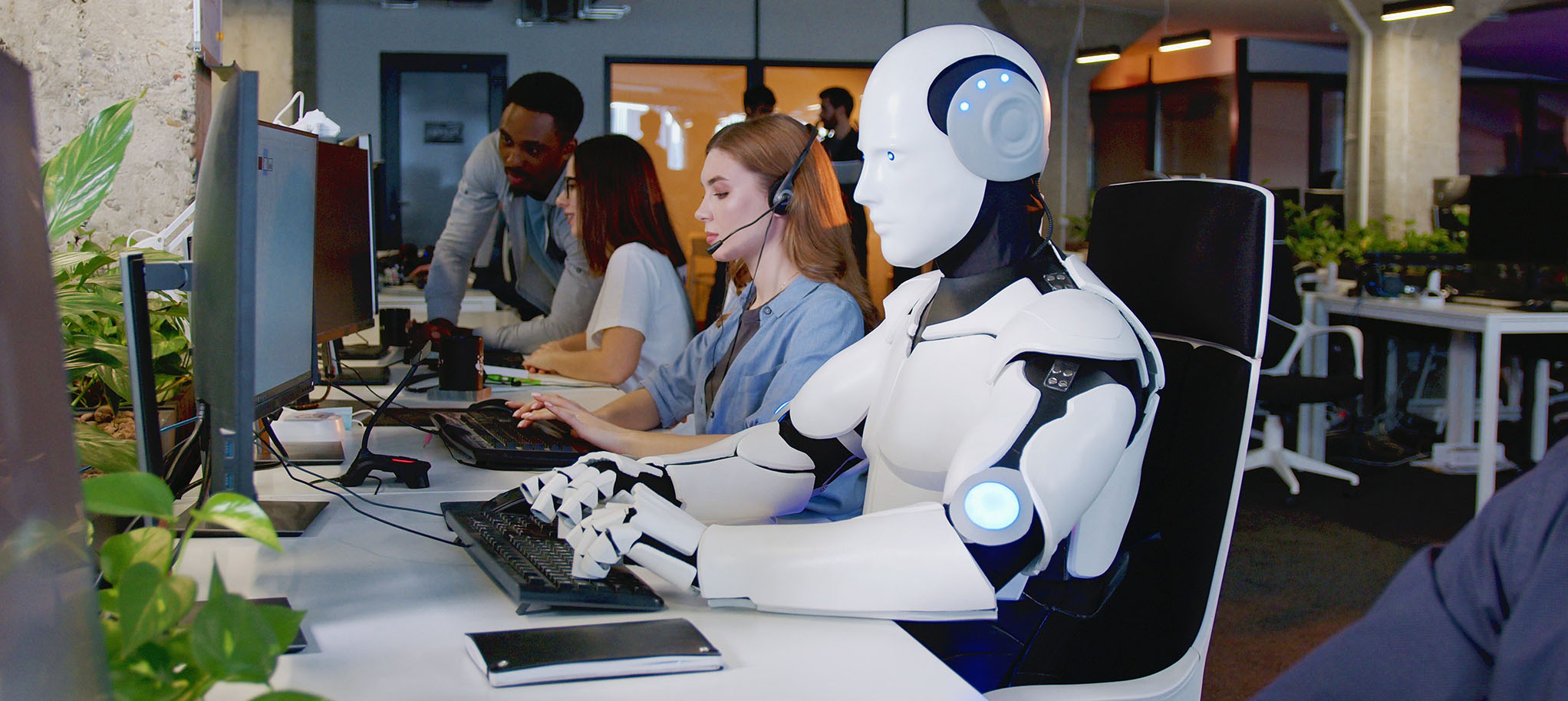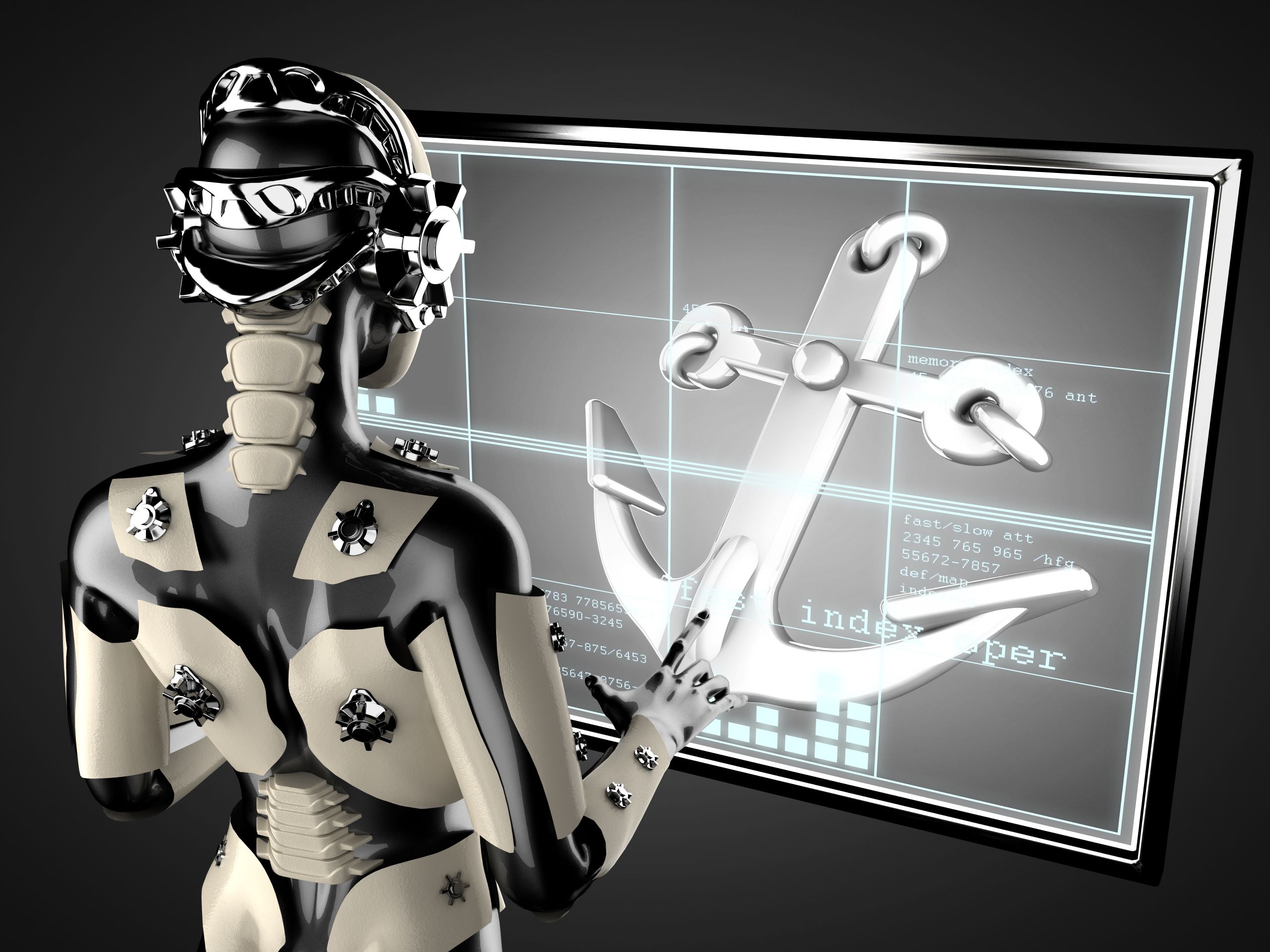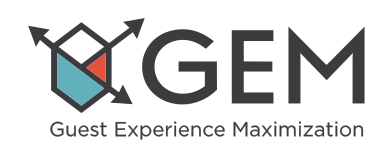How To Use Machine Learning to Navigate the Guest Experience

I used to think Machine Learning (ML) meant people learning how to use machines. The opposite is true, as it turns out. In our case, GEM uses ML to navigate the guest experience.
GEM recently launched the next generation of xOpsTools. It supports the MedallionClass® technologies and experiences on Princess Cruises ships. The xOpsTools includes ML, which aids in monitoring the guest experience on board.

Navigate the Guest Experience
In this case, ML assesses guests’ tendencies. This includes guests collectively and as individuals, learning preferences such as what drink they prefer or games they play.
Princess guests rely on the Medallion®, a quarter-sized device, for touch-free boarding, ordering meals, accessing their cabin, and countless services. It replaces the need for carrying cards and identification, providing added luxury.
The Medallion must work for guests at all times. When there is a potential incident, the xOpsTools warns our staff on board and our network operations center on shore. We monitor the entire fleet of ships, and most issues resolve before the guest notices.

How Machines Learn
Machine learning is a component of artificial intelligence (AI) and computer science. It understands and creates mechanisms that “learn” using algorithms and data that imitate how humans behave. It can eventually make decisions based on existing data without being specifically programmed.
The world has changed due to AI and ML for the better. Predictive text, language translation, automobile autonomy, and the early detection of medical conditions are examples of what we see every day created with ML. Making things “smart” is the result.
Conversely, bad decisions on what financial products to trade or linking ML with ineffective or biased data (garbage in, garbage out) can occur.
ML subsists on the probability of what a person wants or what will happen, an odds game of sorts. As long as the user is aware of the “intelligence” offering decisions for them, they can avoid potential pratfalls.

We Are Not Humans; We Are Machines
An article by Angela Lashbrook in The Atlantic cites an example of AI and ML used in dermatology. Data used in ML software in one particular program to identify skin lesions proved dangerous, as it was based on the skin of fair-skinned people. It resulted in improper diagnosis for patients of color.
“If you don’t teach the algorithm with a diverse set of images, then that algorithm won’t work out in the public that is diverse,” says Adewole Adamson of the University of Texas at Austin.
Effective and responsible use of any technology lies in the hands of those who administer it. It takes a skilled and experienced team (and resources) to strategize and implement the most effective use of ML with the appropriate security measures in place.
The GEM technology team has spent the past year developing the new generation of xOpsTools to enhance all measures of the application. It is now more user-friendly, graphically attractive, and adaptable to any large enterprise specializing in the guest experience.
Among many benefits, ML uses guest data to help them create itineraries to reduce wait times. It also uses data to anticipate what they like for dinner to prepare the kitchen staff better. In all kinds of ways, it helps deliver the experience better than they dreamed it could be.



